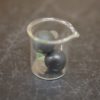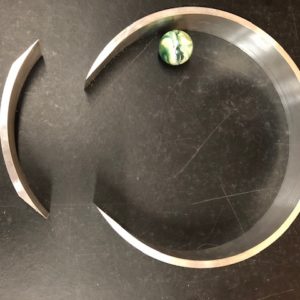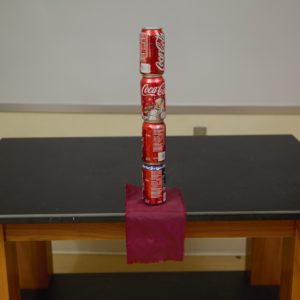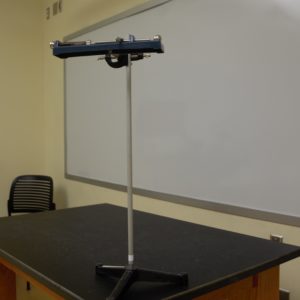(1R40.10) Happy and sad balls
$0.00
In the case of the happy/sad balls, the “happy” ball is made of neoprene and the “sad” ball is made of polynorbornene. The two materials differ in their hysteresis, which is a measure of the delay a material takes to return to its original shape. The happy ball has low hysteresis, so it returns to its original state relatively quickly, thus it dissipates little energy and experiences a mostly elastic collision. The sad ball on the other hand has a high hysteresis and dissipates most of its energy into heat, resulting in an inelastic collision.






Reviews
There are no reviews yet.